One boiler is clearly not enough! What equipment is needed for heating?
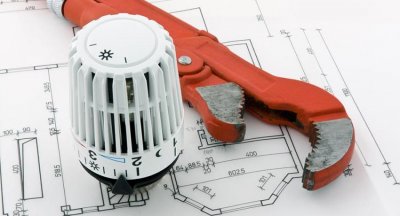
Heating equipment is a system of devices, allowing to create artificial heating of the room.
It consists of piping, heating devices, pipes and some additional elements.
In order for the heating system to function properly, it is necessary take a smart approach to choosing its constituent elements.
Heating system
Heating is a system consisting of from 7 groups of components. Each part of it is important: the absence of one means that the circle is not closed.
Boiler equipment and piping
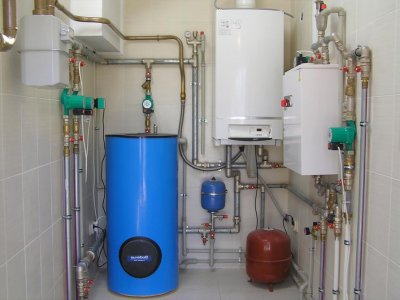
Piping is the creation of a heating system, excluding the installation of radiators. To create you will need:
- expansion tank;
- pressure relief valve;
- pump;
- collectors when creating a two-pipe system;
- pipes.
After selecting and purchasing the necessary components the system is being installed.
The harness has its own nuances:
- To reduce the pressure during overheating, a special valve is used. Together with the release of excess pressure, gas comes out.
Among the advantages it is worth highlighting the ability to keep pipes clean, and also protection of metal from corrosion.
Necessary devices: radiators, fan coils, convectors
The second most important part of home heating. Serves for direct heating of rooms. Usually radiators differ in material. They are made by:
- made of aluminum;
- made of steel;
- made of cast iron;
- made of bimetal.
Each material option has its own advantages and disadvantages.
Cast iron It is inexpensive and has average heat output. Steel more expensive, gives off heat like cast iron, but is embossed, allowing you to come up with a unique design. Aluminum gives a high heat output. The disadvantage of aluminum is the high requirement for water alkalinity. Bimetallic radiators are made of steel and aluminum alloy. The inner pipe does not oxidize from water, since it is made of steel, and the outer, aluminum one has a high heat transfer.
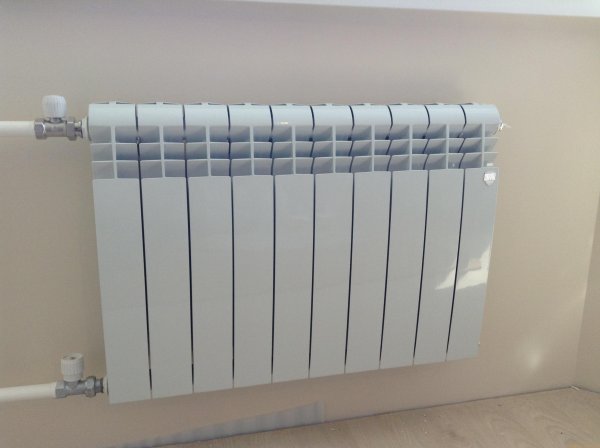
Photo 1. Bimetallic heating radiator. This type fits well into the interior and is currently the most popular.
In addition to radiators, the following are used:
- fan coil system;
- floor convectors;
- baseboard convectors.
Fan coils — heating devices, similar to radiators. They differ in the method of installation and application. Fan coils are installed as air conditioners in the upper part of the room. The peculiarity of the devices is their versatility: they switch from heating to cooling the room.
Floor convectors — heating hidden in the floor. Used to maintain the interior style and in rooms with panoramic windows.
Skirting convectors are located in the appropriate place - along the baseboards.
Pipes
The pipes that form the heating system circuit are made from various materials with different characteristics:
- metal pipes made from steel, copper;
- polymer — made of polyethylene, metal-plastic, polypropylene.
When choosing pipes focus on the following factors:
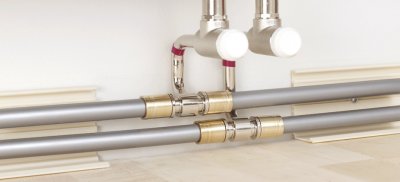
- Metallic Pipes are more expensive, require soldering or welding. They are heavy, although they have high heat transfer and strength.
- Polymer The pipes are cheaper and can be easily connected to any material.
- Professional builders prefer reinforced devices, which has greater strength.
- When creating a project take into account the layout of the heating system. It is performed by one or two pipes. In the first case, the pipe goes from the boiler to each battery, letting in water. In the second case, one pipe is direct, the second is return.
Shut-off and control valves
Designed to regulate heat. Affects water flow at any point in the cycle. The following fittings are used for adjustment:
- valves, taps and gate valves;
- pressure sensors and regulators, pressure gauges;
- air exhaust devices;
- check, safety, shut-off and balance valves;
- thermostats.
Every detail is installed in a strictly designated place.
Thermal insulation and filters
Filters prevent the boiler from clogging by cleaning the water from impurities. differ in diameter and shape.
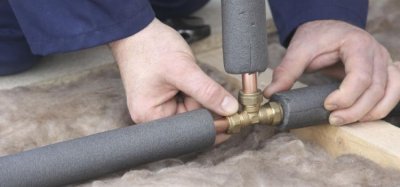
Thermal insulation retains heat in the pipes, which increases the efficiency of the radiator. The following materials are used for insulation:
- foamed polyethylene;
- foil insulation;
- polystyrene foam;
- basalt;
- liquid in the form of paint for coating pipes.
When choosing insulation Pay attention to the room where the pipes are located.
Heating boxes
Box - a way to hide heating pipes and radiators. Usually made of plasterboard, plastic paneling or brick. Rarely, pure plastic attached to a metal base is used as a box. Walls can serve as a box if you hide the heating directly in them.
Keys
The heating system is used for repairs special radiator key. The radiator sections are usually connected with nipple nuts. To remove them, you need a key, which is used to remove the fastener counterclockwise. This method is suitable for both aluminum and cast iron batteries.
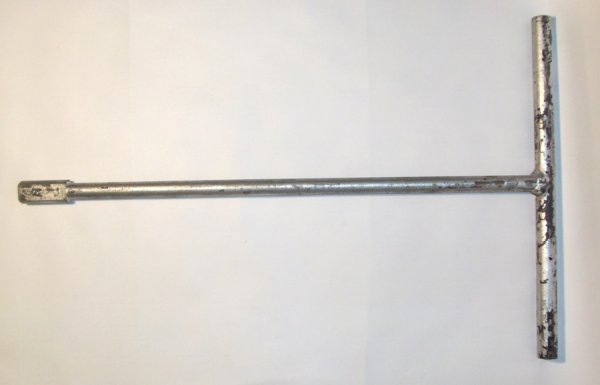
Photo 2. A special key used to repair radiators. A device in the shape of the letter "T".
When choosing a key stick to the universal one: It is suitable for radiators of any diameter.
Cast iron has a special feature — over the years of battery operation, the nipple nuts often stick to the product. In such cases, you should heat them up strongly, having previously removed the radiator. A chisel or a gas wrench will help remove the heated nuts.
Attention! Information about the various components of the heating system is provided for reference. For the correct selection of components Contact professional builders.
Useful video
Watch the video, which talks about choosing the right equipment for heating a private home.
Selecting components
Boiler — the basis depends on the type of heating supply. Harness should be chosen based on the pipes. It is better to do two-pipe wiring. The pressure regulator, thermal insulation and box are installed depending on preferences customer.






Comments